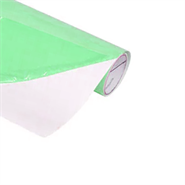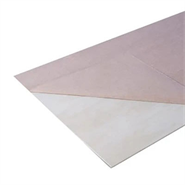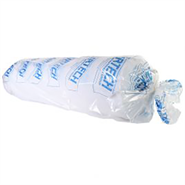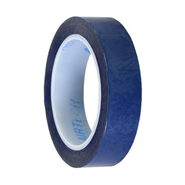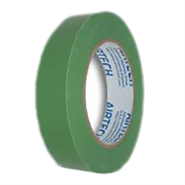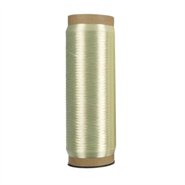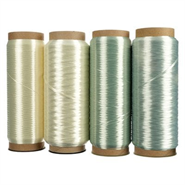Aerospace Applications
Composites have many different applications in the aerospace industry. Their unique properties such as high strength-to-weight ratio, corrosion resistance and durability, make them ideal for a wide range of structural and functional components. Composites are used on critical flight surfaces, interior panels and engine parts, reducing overall weight while enhancing performance and fuel efficiency. In addition to physical benefits, composites contribute to improved acoustic insulation and thermal performance, making the cabin environment more comfortable and energy efficient.
Aircraft Structures: Composites find extensive use in constructing aircraft structures, including fuselages, wings and tail sections. They offer a high strength-to-weight ratio, which improves fuel efficiency and reduces overall weight.
Engine Components: Composites may be used in engine components, such as fan blades and casings. Their strength and heat-resistant properties are particularly important here.
Interior Components: Interior components, such as cabin panels, lavatory modules and galleys, use composites to reduce weight and improve durability.
Helicopter Rotors: Helicopter rotor blades are regularly made from composite materials, reducing their weight and increasing performance.
Missiles and UAVs: Unmanned Aerial Vehicles (UAVs) and missile structures often incorporate composites due to their high strength and weight reduction properties.
Aerostructures: Composites are also used in various aerostructures, such as fairings, winglets and flaps, enhancing aerodynamic efficiency.
Nacelles: Nacelles, the casings around aircraft engines, often feature composites to improve aerodynamics and reduce noise.
Radar Domes: Composites can be used in radar domes on military aircraft because of their radio frequency transparency.















